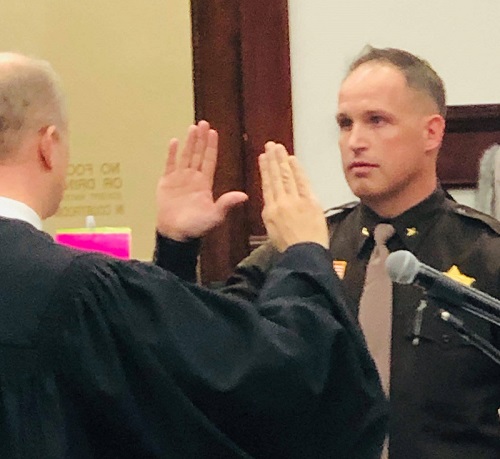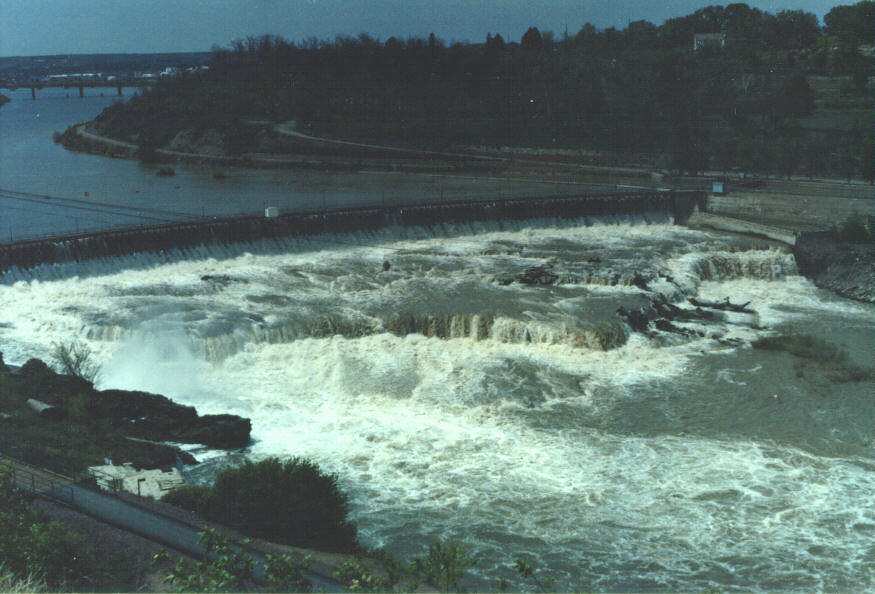Editors note: the following is a press release from Montanans Opposing Big Sky Country National Heritage Area. News Release For Immediate Release: Contact: December 2, 2020 Rae GrulkowskiMontanans Opposing Big Sky Country National Heritage Arearae@3rivers.net406.788.3204 Montanans Says NO to BSCNHA! Great Falls, Cascade County, MT – On December 2, 2020, the thirteenth organization submitted their…
Category: Cascade County
Montana Red Tsunami, Cascade County Red Wave
As of today, the U.S. presidential election is undecided with four states, North Carolina, Georgia, Nevada and Pennsylvania, still counting ballots and their corresponding electoral votes still up for grabs. One thing is certain though – the oft-predicted national blue wave sweeping Republicans from office didn’t happen. There wasn’t even a blue splash. In fact…
Lefty Blogger Mike Brown Calls Sheriff Slaughter ‘Dumb’ & ‘Rookie’
Local left wing blogger and Never Trumper, Mike ‘Jackie’ Brown, in his Western Word blog on Monday took some nasty and uncalled for shots at Cascade County Sheriff Jesse Slaughter. Among other slurs against our hardworking and popular sheriff, Brown belched out the following: “But then we have rookie Sheriff Jesse Slaughter ride into the…
Big Sky Country National Heritage Area – Boon Or Boondoggle? Part 2
Editor’s note: This is the first of a two part series the effort to have Cascade County designated as a National Heritage Area. Here’s a link to Part 1. NHA NEGATIVE IMPACTS So you may wonder if and where negative impacts have occurred in conjunction with National Heritage Areas. If you ask the National Park…
Big Sky Country National Heritage Area – Boon Or Boondoggle? Part 1
Editor’s note: This is the first of a two part series the effort to have Cascade County designated as a National Heritage Area When I first learned of a plan to create a National Heritage Area (NHA) in Central Montana, I initially wasn’t opposed to it. At that time, I heard inklings that the proposed…
2019 State Fair Numbers Are In
According to a press release from Kim Lander at Montana Expo Park concerning the state fair, “…was a strong year with revenues in excess of $1,670,000.” Here’s a recap from the press release: “The Food Concessionaires grossed $725,788 a slight dip of 1.09% from 2018. The Food Concessionaires busiest day was the first Saturday of…
“Gag me”, Local United Way Coordinator Says About GOP Candidates
_______________________________________________________________________ We applaud and appreciate the great work United Way of Cascade County does for our community yearly in raising money for important local organizations and causes. Kudos to them, their work is vital. But we have to wonder why one of their top paid employees, Volunteer Program Coordinator Lynette Scriver-Colburn, would jeopardize opportunities to…
Cascade County 0.4% Growth Too Cold
Last week the U.S. Census Bureau report revealed some surprising information about county population growth in Montana between 2010 and 2018. It’s not only surprising, but for Cascade County it’s troubling. Looking at this data I’m reminded of the story of the Three Bears. TOO HOT! – Gallatin County (Bozeman/Belgrade area) grew by 22,363 people,…
Score One For Transparency
_______________________________________________________________________ As most local folks in Cascade County are now aware, former Cascade County Sheriff’s Office undersheriff John Stevens has been charged with felony theft related to public property, firearms, he allegedly absconded from the sheriffs office and traded for a four wheeler. Of course Stevens is presumed innocent unless proven otherwise. I would like…
Local GOP Response To Hagan Press Release Too Personal
_______________________________________________________________________ Yesterday we received a letter from Michael Polaske, Chairman of the Cascade County Republican Central Committee Nominating Committee, in response to the press release we published on Monday from Roger Hagan. We will not be publishing Polaske’s response at this time due to the nature of the content of the letter. Almost every other…










